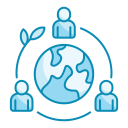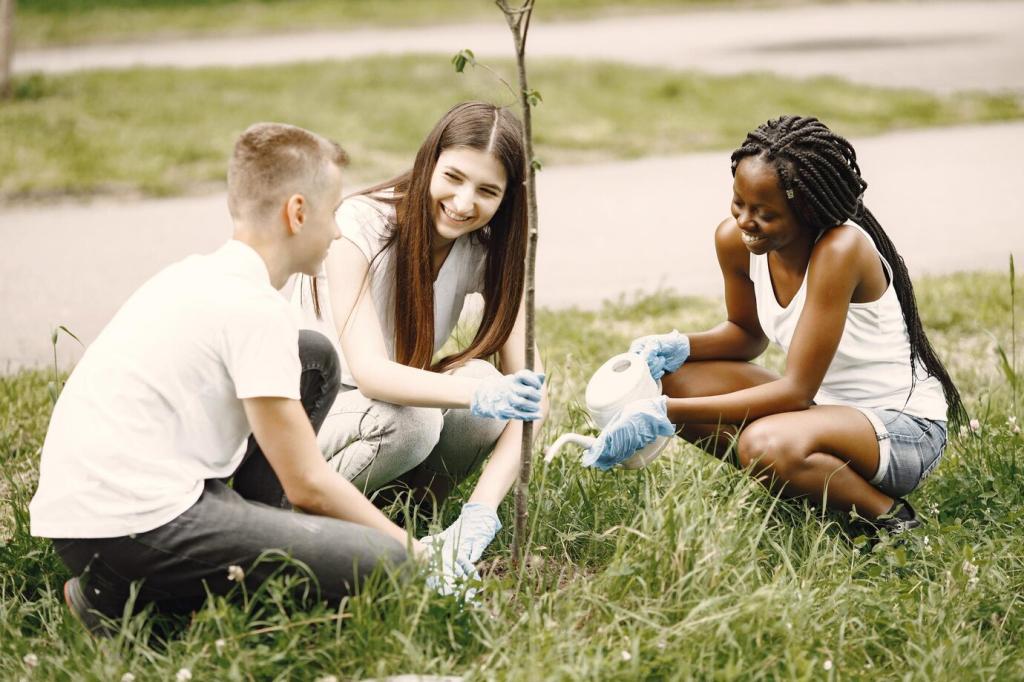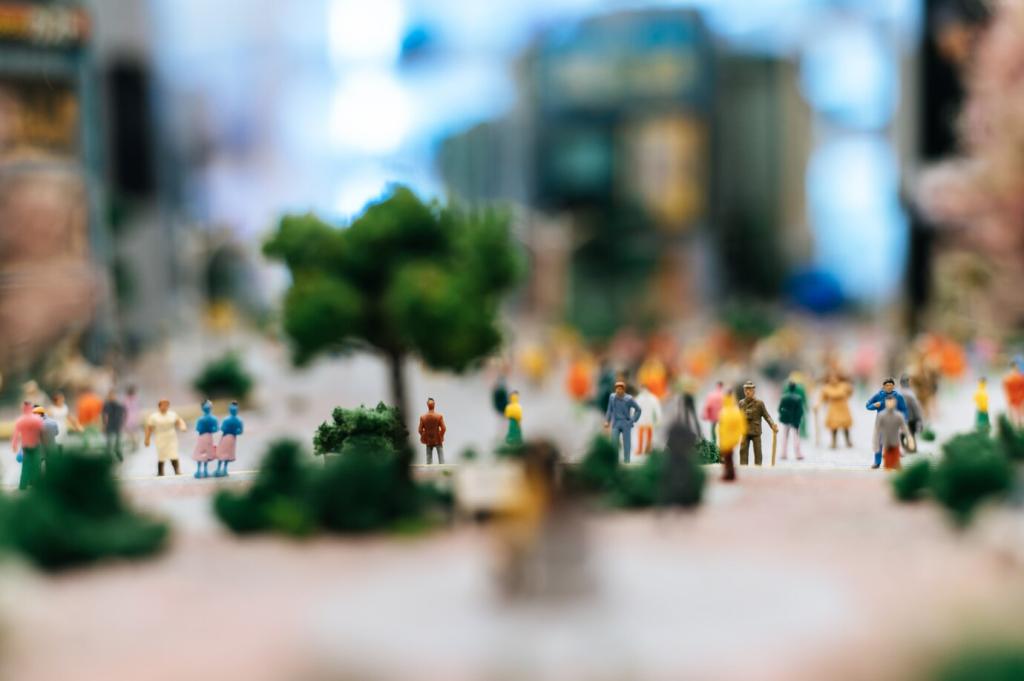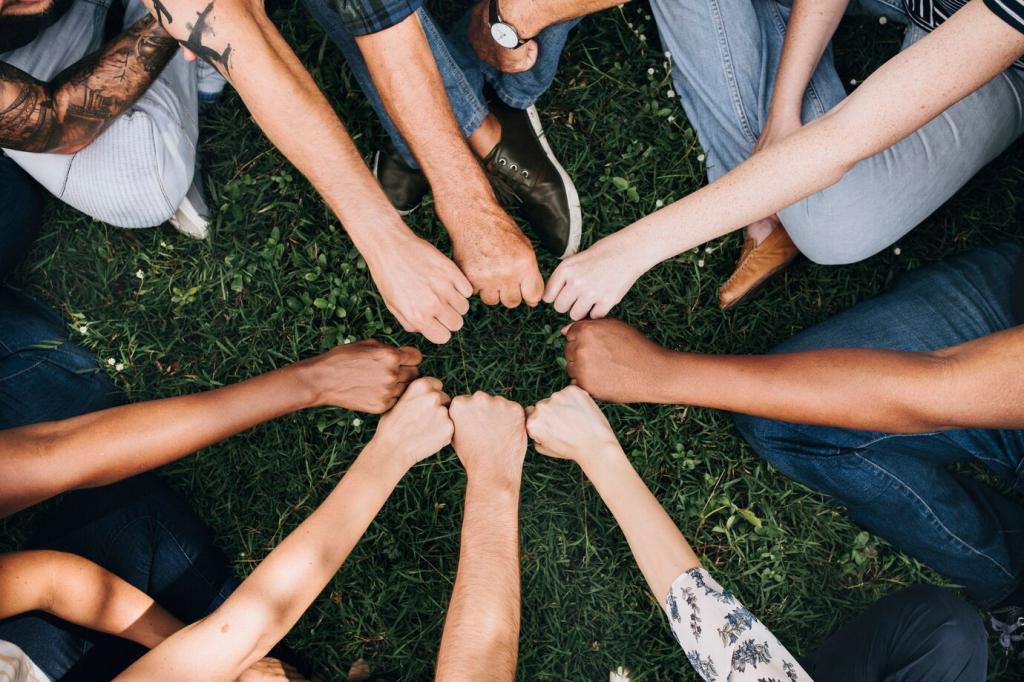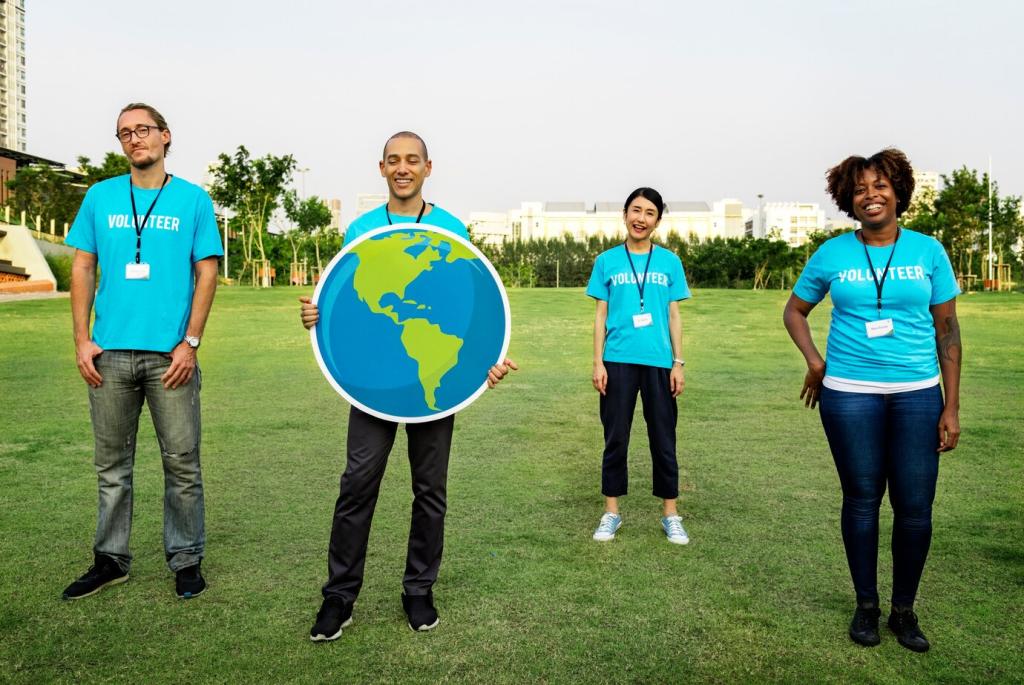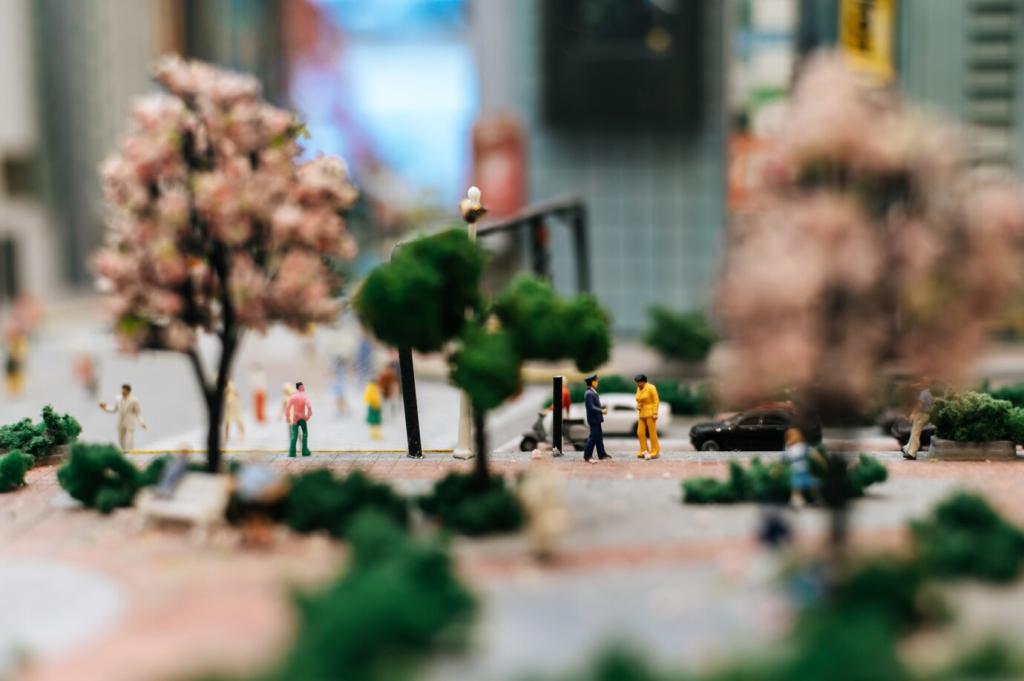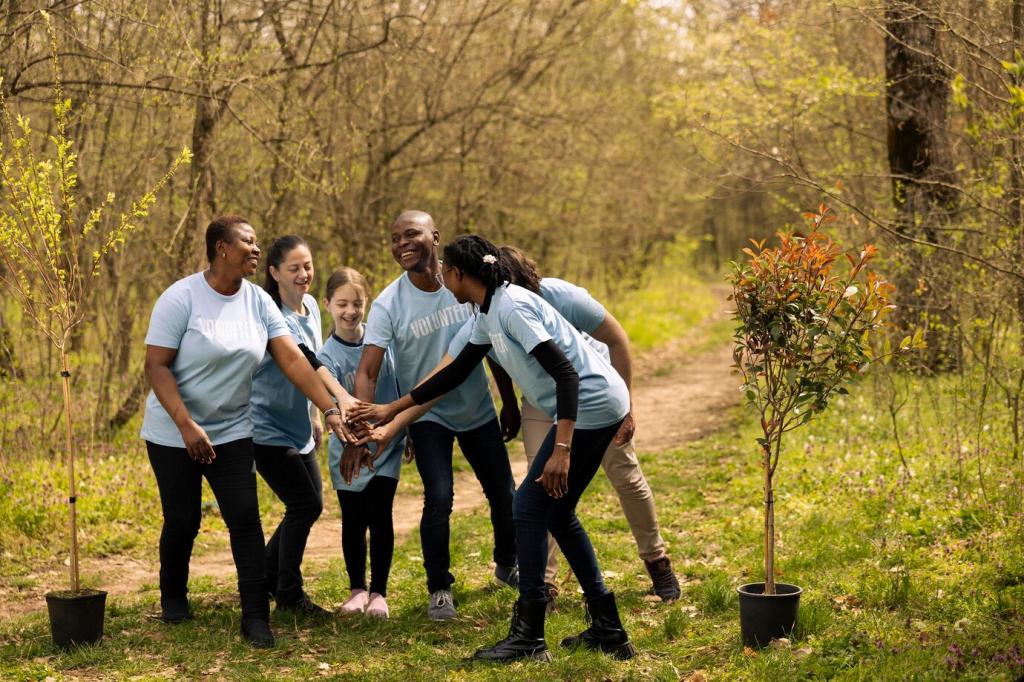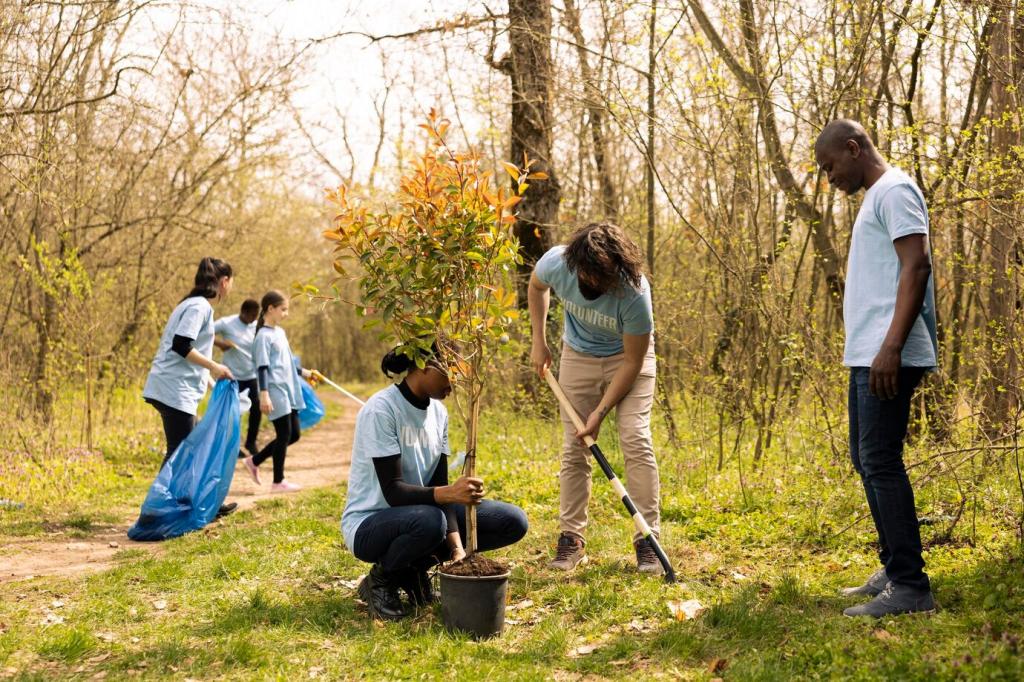Join the Movement: Your Next Steps
Cohorts follow seasonal rhythms—seed starting in spring, water harvest in summer, preserving in autumn, and design reflection in winter. Interested in joining a future cohort? Subscribe to receive dates, syllabi previews, and community agreements.
Join the Movement: Your Next Steps
Bring your talent—beekeeping, GIS mapping, storytelling—and learn alongside residents. We’ll share guidelines for mutual benefit and safety. Tell us your skills and location, and we’ll highlight pathways that match your interests.
